The Arboretum Edge

During my first years in Madison, I lived in a small complex called “Arboretum Edge Apartments,” on the south side of town. Turn left out my door, and I immediately reached the four busy lanes of Fish Hatchery Road; a gas station; a homeless shelter; a sagging auto repair shop; railroad tracks. Turn right, and I was in a neighborhood captured by the long oval made from the confluence of Carver and Martin Streets. Surrounding that oval on three sides, and extending considerably to the north and west, was the UW-Madison Arboretum.
Most people, I’d wager, think of the Arboretum as the beautiful, criss-crossing hiking trails at its heart, the short but lovely stretches of prairie, the tree-shaded road that runs along Lake Wingra’s southern shore, the visitor center and its broad, manicured lawn of specimen trees. Living on the edge of the Arboretum, taking my daily (or nightly) walks, my experience was different: I became most intimate with the less-traveled spaces of Gardner Marsh, Southeast Marsh, and the Lost City Forest. As often happens, the more I wore footpaths through these rather modest corners, the more that I saw. Part of this was deliberate: I spent considerable time carrying my camera and tripod, keeping my eyes as open and receptive as possible. My walks, too, were often in the evening, during the daily downshift of light that seems to make the world both darker and more luminous at the same time. But I also think that the place slowly revealed itself, as can only happen when you spend many hours walking without too much in the way of an agenda. These photographs, arranged by season, encompass that process of revealing, and of the small revelations that led me to make this work.
Note: The photographs in this exhibit are posted under a Creative Commons BY-NC-ND 4.0 license. Click images below to enlarge.
Featured Image: “Southeast Marsh Boardwalk,” by Nathan Jandl.
Nathan Jandl is a photographer, Ph.D. candidate in the UW-Madison English department, and member of the editorial board for Edge Effects. His dissertation examines the social roots of environmental attachment in 20th-century American literature and art. He also writes narrative nonfiction, some of which can be accessed on his website. Contact.


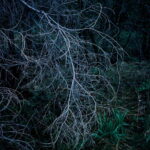
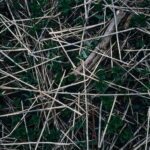

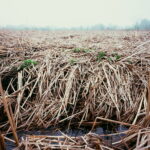

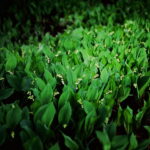

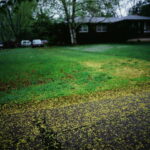

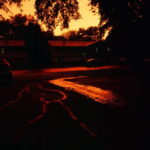

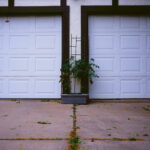
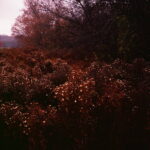
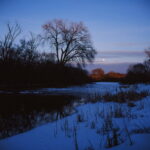

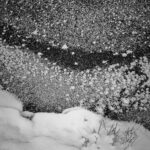

Nathan,
Your work is extraordinarily beautiful.
For me, every photgraph evokes a calm, sacred presence.
I want to “be” there.
Waht a wonderful way to start the day.
Jon will look at them later. I look forward to talking to him about his experience after
seeing your work.
Have a wonderful day,
Ellen